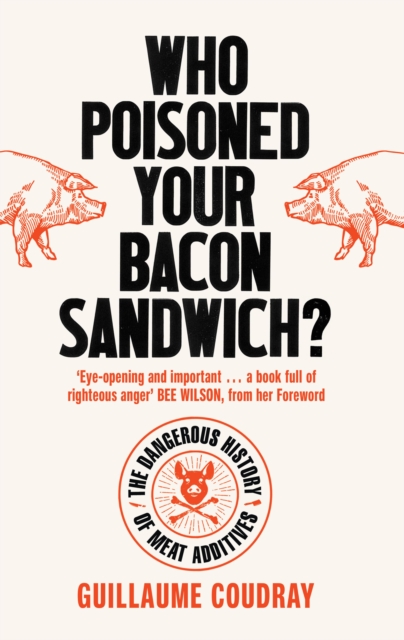
Who Poisoned Your Bacon? EPUB
by Guillaume Coudray
EPUB
Description
'Highly persuasive ... a well-organised and solid dossier that alerts us to legalised chemical trickery' Joanna Blythman, The Spectator'A bombshell book' Daily Mail'Eye-opening and important . . . a book full of righteous anger' Bee Wilson, from her ForewordDid you know that bacon, ham, hot dogs and salami are classified by the World Health Organization (WHO) as 'category 1 carcinogens'?Would you eat them if you knew they caused bowel cancer?Following ten years of detailed investigation, documentary film-maker Guillaume Coudray presents a powerful examination of the use of nitro-additives in meat.
As he reveals, most mass-produced processed meats, and now even many 'artisanal' products, contain chemicals that react with meat to form cancer-causing compounds.
He tells the full story of how, since the 1970s, the meat-processing industry has denied the health risks because these additives make curing cheaper and quicker, extending shelf life and giving meat a pleasing pink colour. These additives are, in fact, unnecessary. Parma ham has not contained them for nearly 30 years - and indeed all traditional cured meats were once produced without nitrate and nitrite.
Progressive producers are now increasingly following that example.?Who Poisoned Your Bacon Sandwich? - featuring a foreword by acclaimed food writer Bee Wilson - is the authoritative, gripping and scandalous story of big business flying in the face of scientific health warnings.
It allows you to evaluate the risks, and carries a message of hope that things can change.
Information
-
Download - Immediately Available
- Format:EPUB
- Publisher:Icon Books
- Publication Date:18/02/2021
- Category:
- ISBN:9781785786129
Other Formats
- Paperback / softback from £10.65
- CD-Audio from £14.75
Information
-
Download - Immediately Available
- Format:EPUB
- Publisher:Icon Books
- Publication Date:18/02/2021
- Category:
- ISBN:9781785786129






